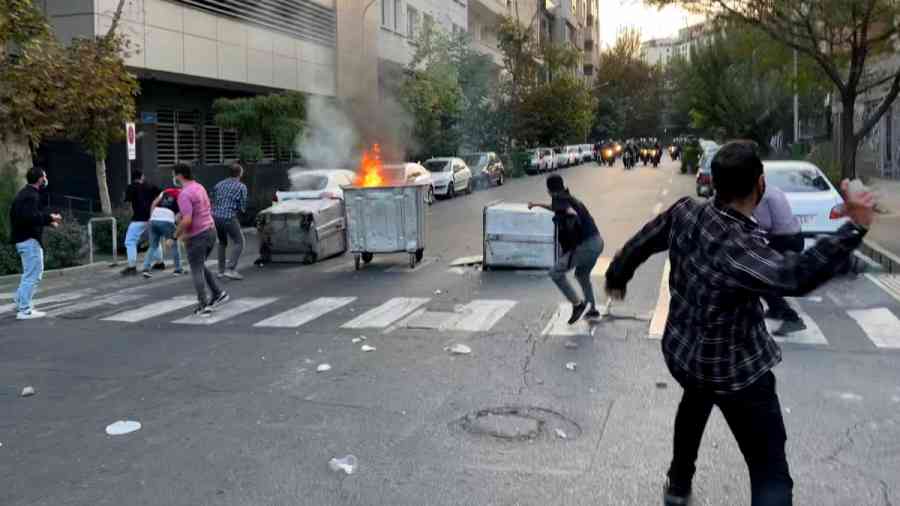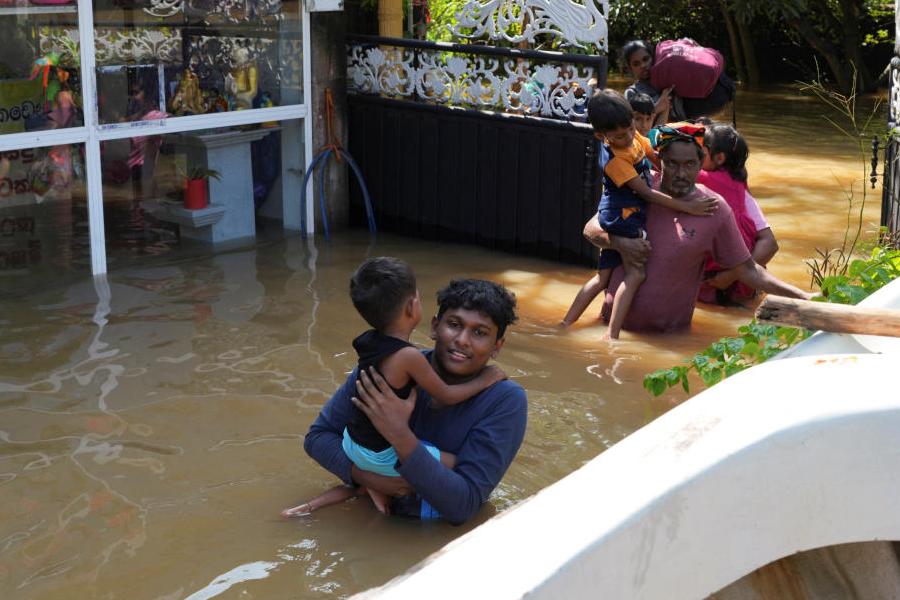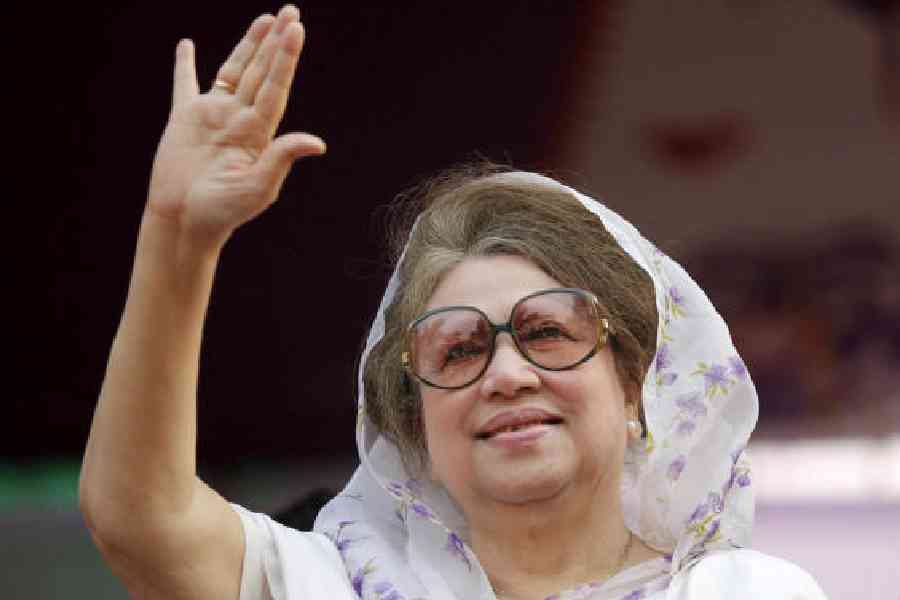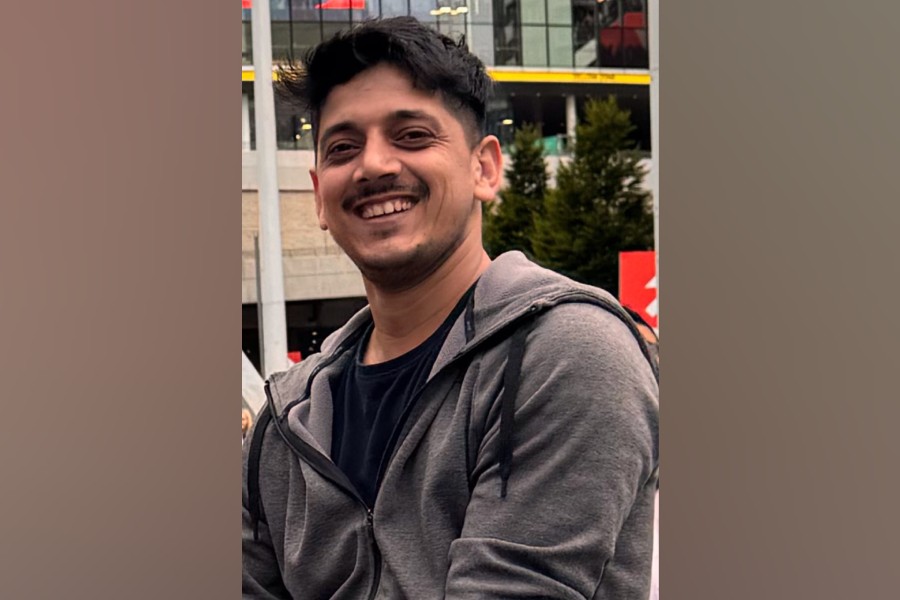The largest anti-government protests in Iran since 2009 gathered strength on Saturday, spreading to as many as 80 cities, even as the authorities escalated a crackdown that has reportedly killed dozens of people and brought the arrests of prominent activists and journalists, according to rights groups and news media reports.
Internet access — especially on cellphone apps widely used for communication — continued to be disrupted or fully blocked, affecting Iranians’ ability to communicate with one another.
While the 2009 protests erupted over an election widely condemned as fraudulent, the current demonstrations seemed focused on the Iranian security forces, with reports of vicious beatings of security officers and firebombings of the local headquarters of the notorious morality police.
In many cities, including Tehran, the capital, security forces responded by opening fire on the crowds.
On Boulevard Ferdous and at the Shahrak Ekbatan apartment complex in Tehran, officers fired at windows; in the city of Rasht, they threw tear gas into apartments, according to witnesses and videos on social media.
Iranian state media said on Friday that at least 35 people had been killed in the unrest, but human rights groups said on Saturday that the number is likely to be much higher.
A previous death toll of 17 issued by the state news media included at least five members of the security services.
The videos posted online and the scale of the response from the authorities is difficult to independently verify, but video and photographs sent by witnesses known to The New York Times were broadly in line with the images being posted widely online.
Deep resentments and anger have been building for months, analysts say, particularly among young Iranians, in response to a crackdown ordered by the country’s hardline President, Ebrahim Raisi, that has targeted women.
That comes on top of a litany of complaints over the years over corruption, mismanagement of the economy, inept handling of Covid and widespread political repression.
The problems have persisted under Raisi.
New York Times News Service











